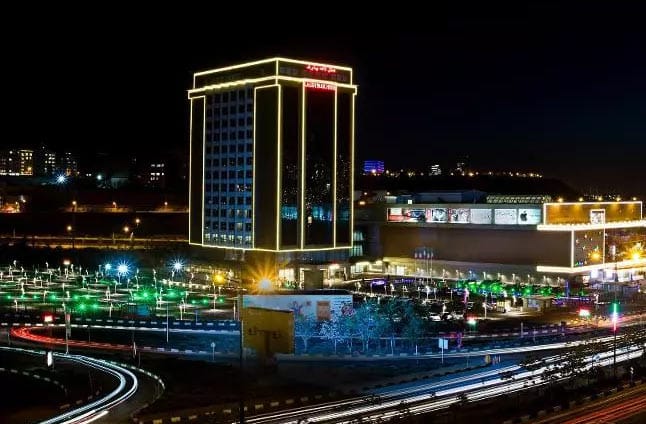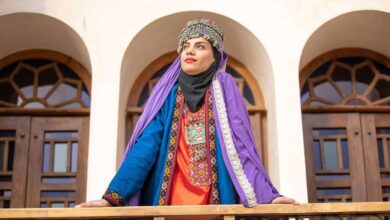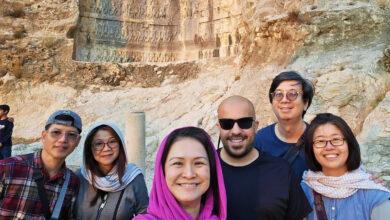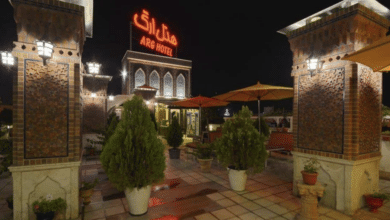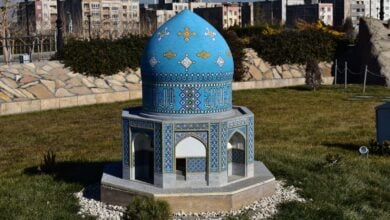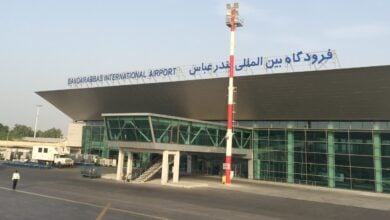Saint Mary Church in Tabriz: Iran’s Historic Sanctuary
Saint Mary Church: Exploring the Tabriz Armenian Museum
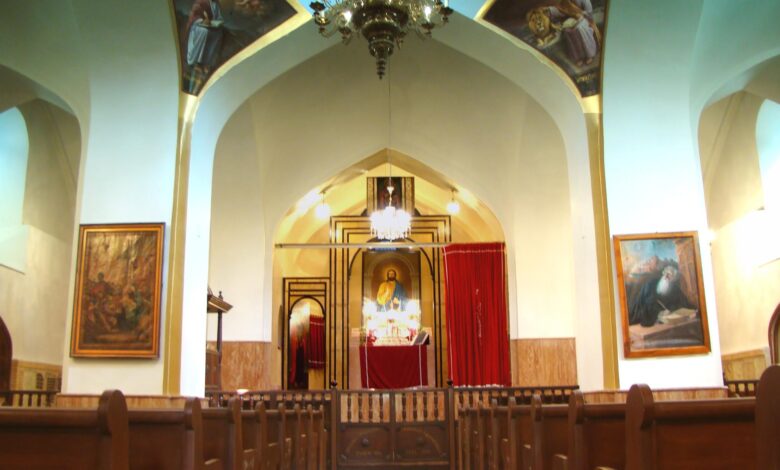
Tabriz, a city steeped in over 2,500 years of history, serves as the vibrant capital of Iran’s East Azerbaijan Province. At its heart stands the Saint Mary Church in Tabriz, a monumental testament to the region’s Christian heritage and architectural ingenuity.
Recognized as the largest and oldest church in Tabriz, this Armenian Apostolic sanctuary attracts a diverse audience—first-time travelers, cultural enthusiasts, and history buffs eager to explore Iran’s multifaceted past.
Registered as a national heritage site on October 7, 2002, under number 6176, the Saint Mary Church in Tabriz continues to thrive as an active center for religious and national ceremonies. This article invites you to discover its storied origins, captivating design, and the cultural treasures it safeguards.
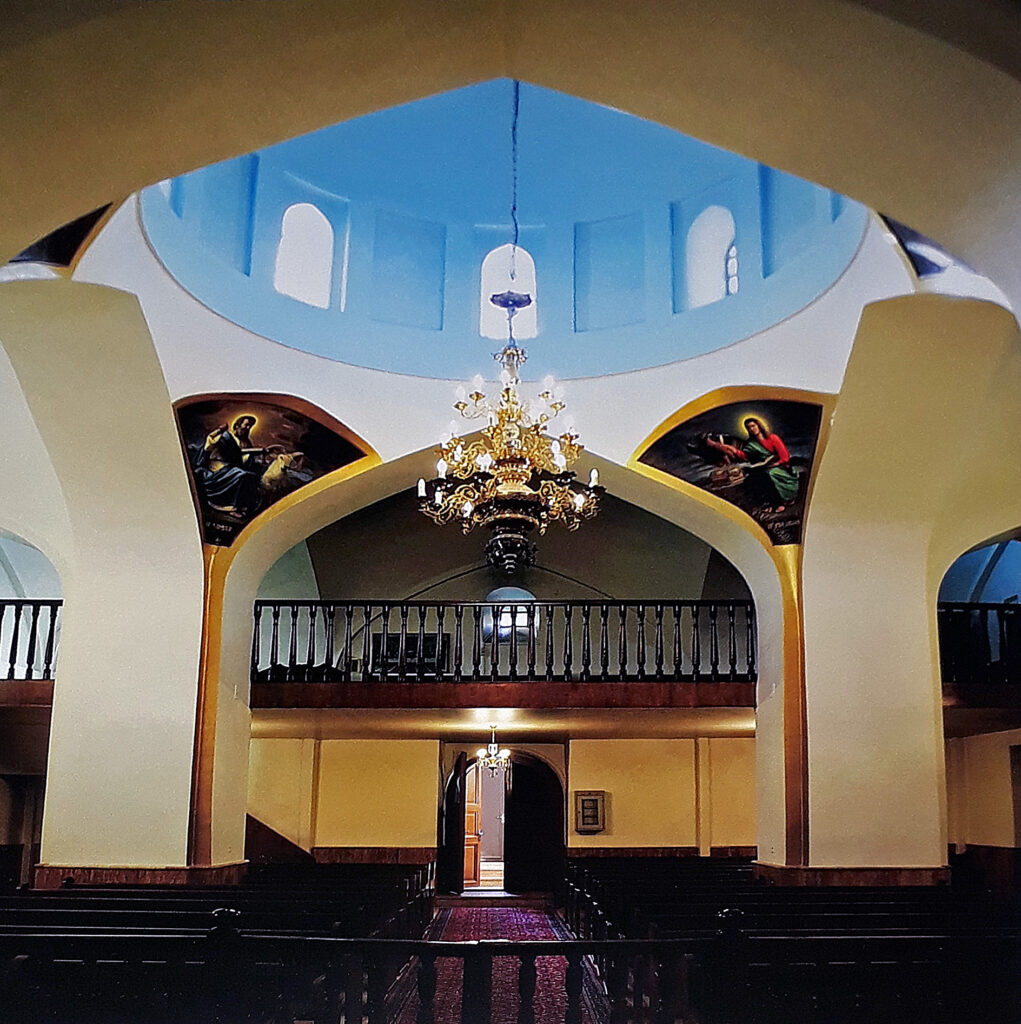
Contents
A Living Legacy in Tabriz
Tabriz, the capital of East Azerbaijan Province, thrives as a modern hub with roots stretching back over 2,500 years. Amid its lively streets, Saint Mary Church rises as a beacon of the city’s Christian legacy.
Located at the intersection of North Shariati Avenue and Jomhuri Street in the historic Dik Bashi neighborhood, the Saint Mary Church in Tabriz has served the Armenian community for at least 500 years. Registered as one of Iran’s national heritage sites on October 7, 2002, under number 6176, the church remains a living monument where national and religious ceremonies unfold to this day.
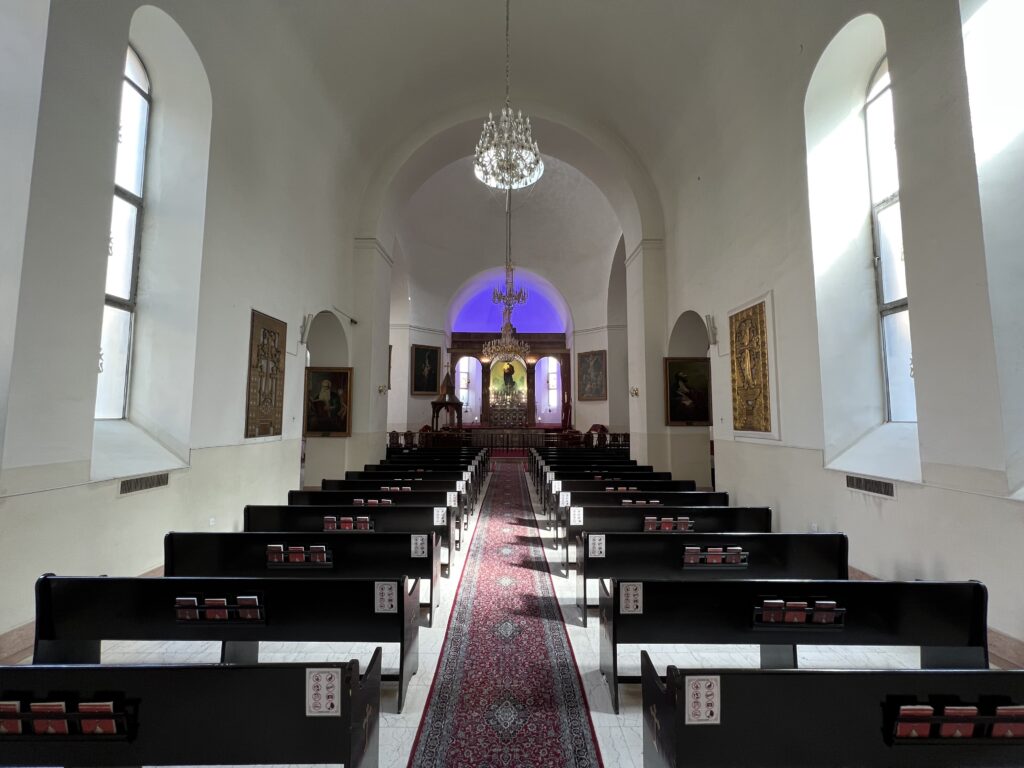
How to Find Saint Mary Church
How do you reach this iconic landmark? Finding Saint Mary Church is straightforward. Head to the end of Shahnaz Street near Namaz Square, where its elegant facade greets you from the corner of a quiet cul-de-sac.
The church’s entrance hides modestly within this alley, a subtle invitation to step inside Saint Mary Church in Tabriz. Public transport offers a practical way to arrive, especially since parking spots are scarce in this busy district. Hop on a bus or taxi, and you’ll soon stand before a structure that has weathered earthquakes, empires, and time itself.
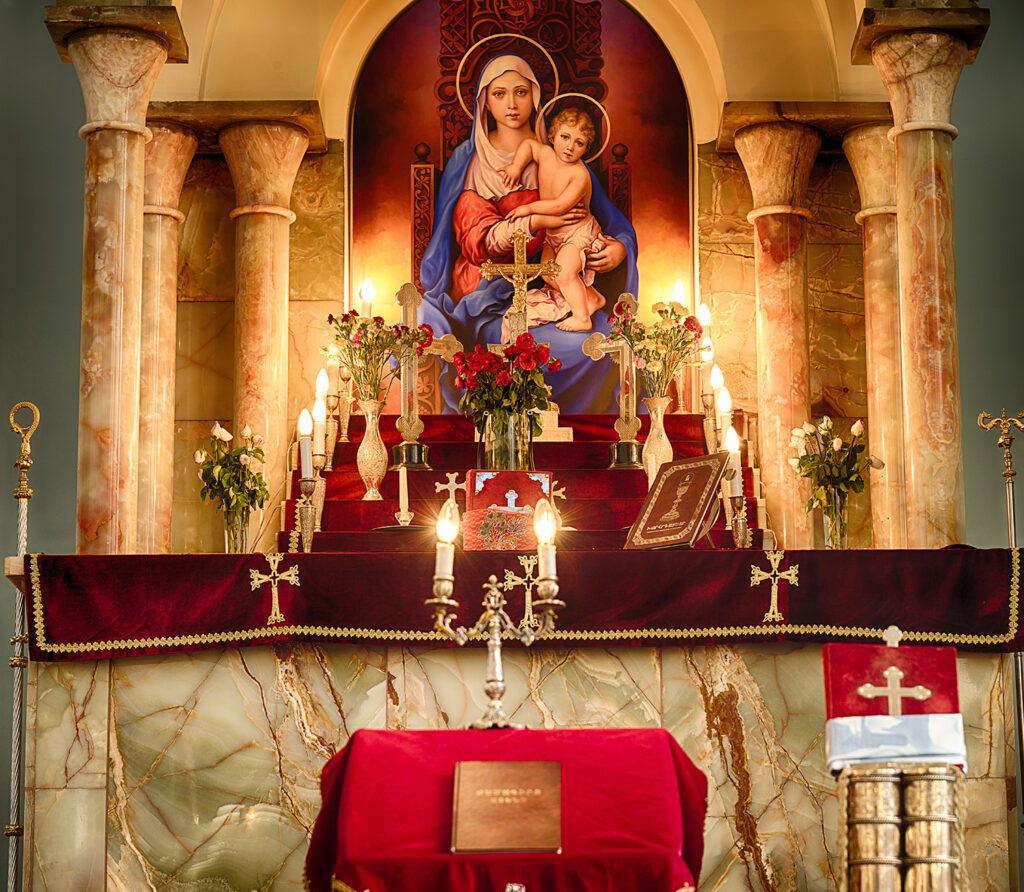
Tracing the Church’s Mysterious Past
The origins of Saint Mary Church in Tabriz spark curiosity and debate among historians. Its oldest gravestone, dating between 1500 and 1600, anchors its history in the Safavid era. Yet, the church’s portal, adorned with Ilkhanid-style architecture, hints at a far earlier birth—perhaps as far back as the 13th century, between 1200 and 1300.
This theory gains weight from an unexpected source: Marco Polo, the famed Venetian traveler, mentioned a church in Tabriz during his journey to China around 1275. Could this be the very same sanctuary?
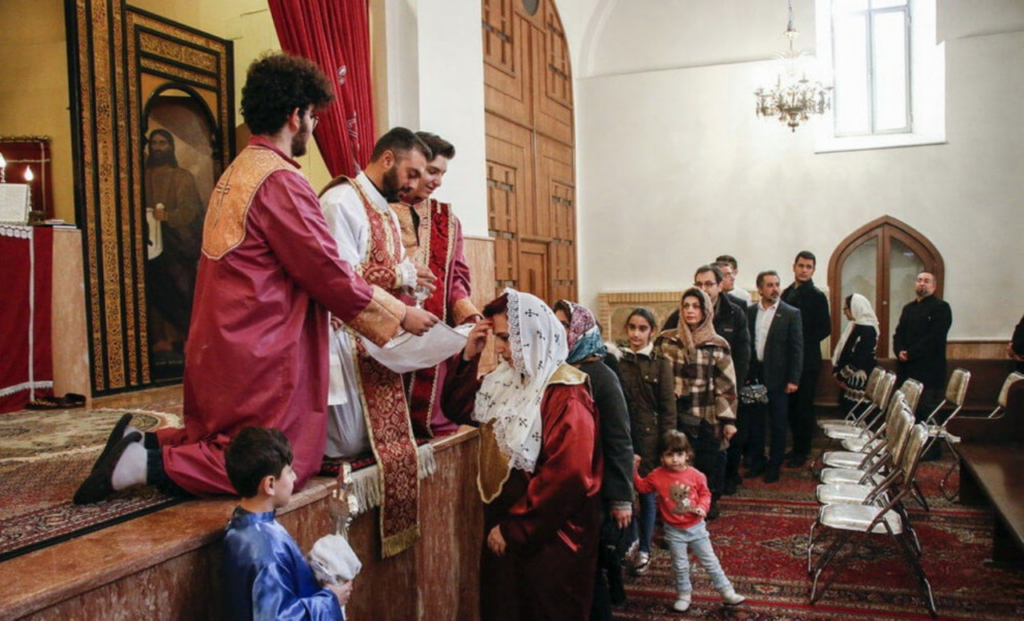
The Ilkhanid Influence
During the Ilkhanid period, before the Mongol rulers embraced Islam, Christians enjoyed a privileged status under leaders like Hulagu Khan (1256–1265). This era of tolerance may have birthed Saint Mary Church in Tabriz, though its story took a dramatic turn centuries later.
In 1780, a devastating earthquake shook Tabriz, leaving Saint Mary Church in ruins. The Armenian community refused to let their sacred space fade. Reconstruction began in 1782 and stretched over three years, culminating in 1785 with a design reflecting the elegant Safavid style.
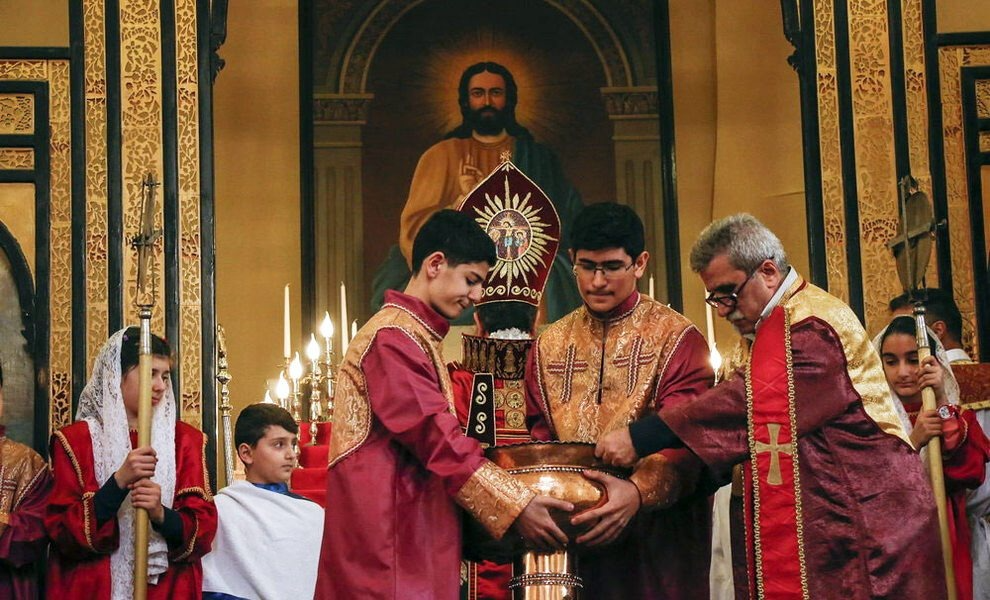
Legends of Nighttime Construction
Local lore adds a twist to this tale. Some Armenians believe the government opposed building Saint Mary Church in Tabriz in Islamic Tabriz, forcing builders to work under the cover of night.
Travel writers like Tavernier and Chardin, who roamed Persia during the Safavid era, recorded similar whispers, suggesting this secrecy predates the 18th-century rebuild. Fact or folklore, the story paints a vivid picture of determination.
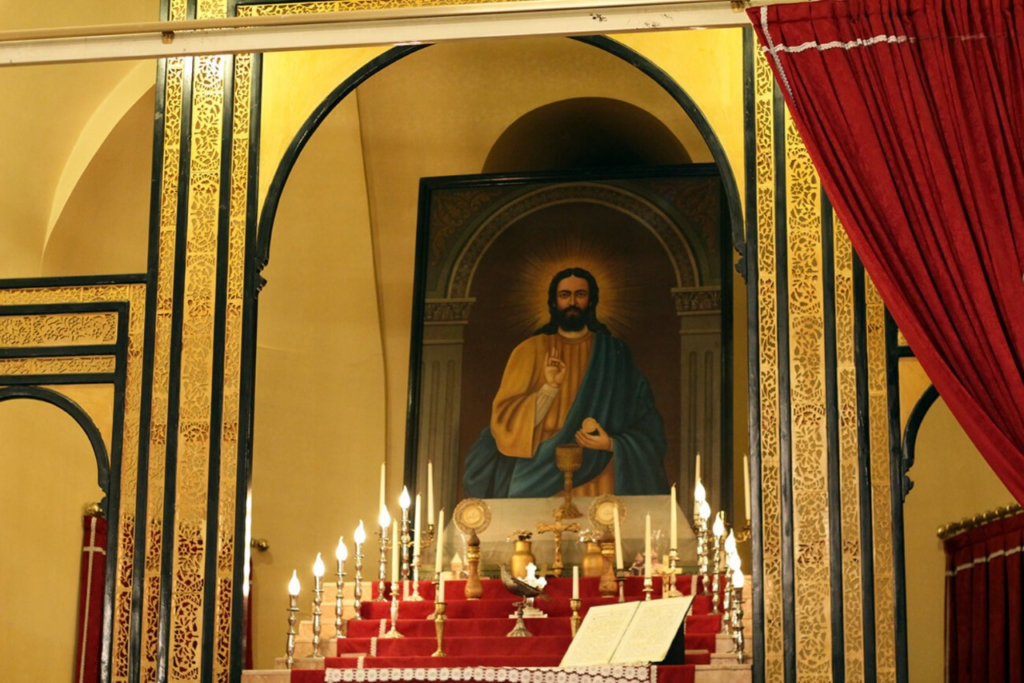
Architectural Marvels of Saint Mary
Step inside, and the architecture of Saint Mary Church in Tabriz captivates instantly. Built in the traditional Armenian style, it boasts a cross-shaped floor plan, its central dome resting on four sturdy stone columns.
Above the main entrance, a small marble plaque inscribed in Armenian marks its founding—a quiet nod to its heritage. Just outside, a chamber framed by eight columns houses two bells, their chimes echoing through the courtyard.
Sacred Art Inside
Inside, the altar sits 80 centimeters above the floor, surrounded by walls adorned with striking paintings of the Virgin Mary, Jesus Christ, and Christian saints. Originally, four leather canvases graced the columns, but humidity claimed two, leaving the survivors on the northern and southern walls.
What makes these artworks stand out? The current paintings, crafted on canvas rather than leather, rank Saint Mary Church among a rare trio in Iran—alongside Vank Cathedral and Saint Mary Church in Isfahan—featuring such wall-mounted masterpieces.
A Master’s Touch
After the originals perished, the Armenian Prelacy summoned Andranik Simbaryan, a skilled artist from Armenia, to recreate them. Installed beneath the dome, these oil paintings blend European techniques with post-1800 Persian miniature styles, offering a visual bridge between cultures. “The brushstrokes tell a story of renewal,” a visitor might muse, marveling at their intricate details.
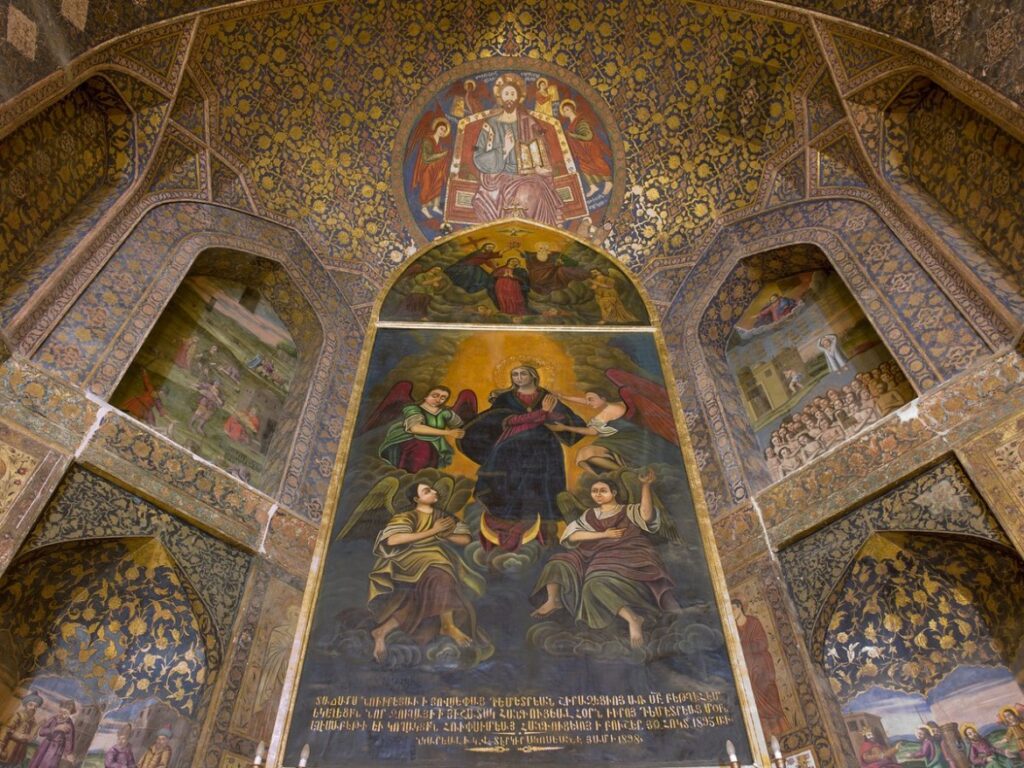
The Courtyard’s Hidden History
Beyond its sacred walls, the church’s tree-lined courtyard at Saint Mary Church in Tabriz holds its own history. In 1889, Bishop Stepanos Mkhtarian brought one of Tabriz’s first printing presses here, serving the nearby Aramian School.
This quiet yard once buzzed with the clatter of early print technology, a testament to the community’s innovation. Today, it offers a peaceful retreat, inviting reflection amid the city’s hum.

Exploring the Tabriz Armenian Museum
Adjacent to the church lies the Tabriz Armenian Museum, a lesser-known treasure trove run by the Armenian Prelacy of Azerbaijan. This compact museum safeguards a rich collection tied to Armenian history and culture. Picture 35 handwritten manuscripts on deer hide, penned in Hebrew script, alongside classics like Nizami’s Khamsa and translations of the Bible in Armenian.
Relics of Resilience
Artifacts abound—coins, sculptures, jewelry, silverware, and wooden carvings fill the space. Among the highlights? A velvet-clad, inlaid chair from 1728, crafted for the archbishop of Akhtamar Island’s Holy Cross Church in Lake Van, Armenia. Transferred to Tabriz in 1895 amid regional upheaval, it arrived with a staff from 1825 and a perforated bell from 1831, relics of a turbulent past.
Why These Objects Matter
Why do these objects matter? For the Armenian diaspora, they’re more than artifacts—they’re links to identity. The museum at Saint Mary Church in Tabriz also houses vestments, crowns, and crosses moved from Saint Stepanos and Qara Kelisa churches, preserving a legacy that spans borders. Open to the public, this space offers a rare glimpse into a community’s enduring spirit.
Planning Your Visit
For travelers, Saint Mary Church delivers more than history—it’s a portal to Iran’s multicultural soul. Pair your visit with nearby gems like the UNESCO-listed Tabriz Bazaar or the Azerbaijan Museum, both within easy reach. Hungry after exploring? Local spots like Haj Ali Kebab or Ipek Yolu Restaurant serve up Persian flavors just steps away.
Location
Where to Stay
If you’re staying overnight, hotels such as Sahand (800 meters away) or the luxurious Kaya Laleh Park provide comfort close to the action. Ready to experience this historic sanctuary? Saint Mary Church in Tabriz awaits, a place where past and present converge in quiet beauty. Whether you’re tracing Marco Polo’s footsteps, admiring Armenian artistry, or simply soaking in the atmosphere, this landmark promises a story worth telling. Plan your trip today—Tabriz’s oldest church is calling.
